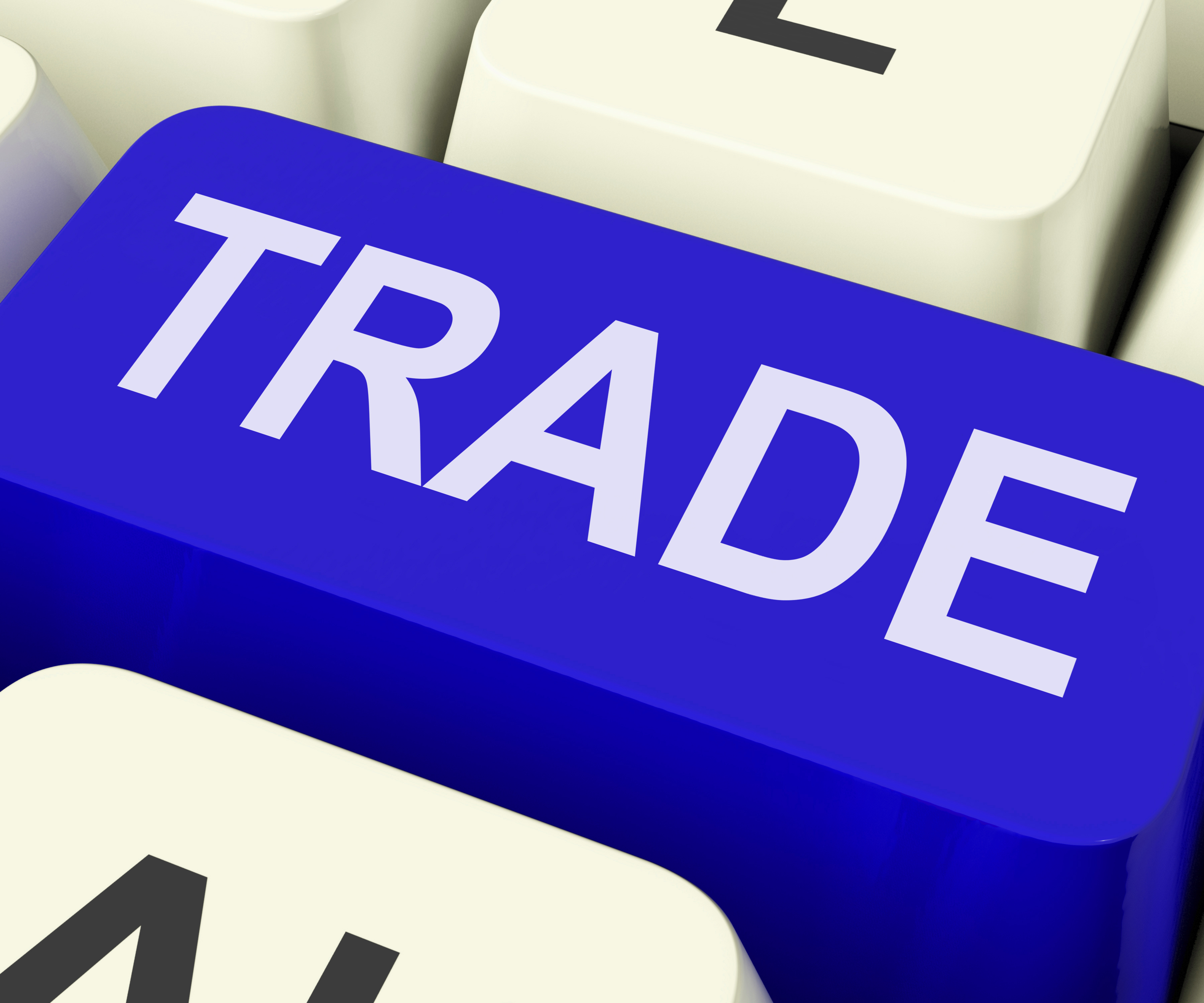Basically trade liberalisation should be viewed as a policy reversal. Had there been no trade restrictions or high tariffs, the question of liberalisation would not have arisen at all. Governmental interference with trade in India and elsewhere increased during war and continued thereafter.
It was used as a device to regulate imports, conserve foreign exchange, ease balance of payments deficits, maintain overvalued exchange rates and in general help authorities in developing countries to achieve some of their planned objectives.
The wind of change emanating from former USSR and the East European economies has reaffirmed the philosophy of liberalism.
ADVERTISEMENTS:
Trade liberalisation ordinarily means reducing restrictions on trade or ‘making trade free than before.’ In a technical sense, trade liberalisation may be defined as any policy change which would make a country’s trade system more neutral.
A completely neutral system means a free trade system. Therefore, any move towards neutrality means trade liberalisation.
Since there is not a single country which has completely free trade, there is always some room for a movement towards neutrality. The World Bank research project on liberalising foreign trade encompassed 19 countries which embarked on liberalisation policy with varying vigour.
ADVERTISEMENTS:
When markets are protected, international division of labour becomes distorted. The third world countries which are economically weak move towards inefficient specialisation.
Restraints on trade destabilises international financial system, placing unequal burden on the weaker nations. In their search for possible solution to the balance of payments problems, the LDC governments turn to import restrictions which drive up prices internally and undermine consumer spending power.
The developed countries also beat the drum of protectionism, vitiating the climate for vigorous liberalisation. But protectionism is not only economically inefficient but also inherently unjust.
It is the equivalents of a regressive tax, placing heavier tax on those who can past afford it. It is the poor consumers of the product who are made to pay the price of protectionism since the rich could easily afford the luxury.
ADVERTISEMENTS:
It is estimated that protectionism costs American consumers over $ 60,000 million per year. The economic burden on the consumers in the developing world may be much higher.
India’s import policy may be characterised as one of gradual liberalisation of a complicated licensing, high tariff import regime. Even now, import of most consumer goods is prohibited; many inputs are banned, although a large number of inputs are under OGL.
There are items like petroleum, iron and steel, non-ferrous metals which can be imported by canalising public sector trading agencies.
Import duties are high and collection charges are rising. A shift in favour of price mechanism (i.e. tariffs) as against quantitative restrictions in recent years is a clear indication of the move towards liberalisation.
India’s export policy is generally incentive-oriented. Export incentives have contributed to export performance. Exports have picked up during the last few years, particularly of ready-made garments, leathers and textiles. In India, it is being increasingly felt that mere concessions or subsidies cannot boost export unless restrictions are removed and rules simplified.
When the question of complete liberalisation is concerned, it is conceded that India can ill afford to plunge itself into a full-fledged free trade regime.
Since India has had a long history of regulated imports and incentive oriented exports, it would not be desirable to make an abrupt break in the policy and opt for a completely open economy.
It may mean allowing multinationals to freely enter domestic markets both in goods and services. It is perhaps this fear that halts advances in the direction of liberalisation.
The external liberalisation in India is not based on opening up trade per se, but on creating a suitable climate for the eventual long term goal of self-reliance.
Viewed in this context the emphasis of liberalisation policy is on improving technology and efficiency, competitiveness of domestic industry over a wide range and building the base for greater self-reliance.
Socialist thinkers attack the policy of liberalisation on the ground that liberalisation policy will help only the elitist- oriented consumer goods industries even assuming that these industries experience rise in productivity due to policy reversal.
They argue that a policy which encourages indigenous industries, catering to the needs of the weaker sections, is more acceptable in a country like India in view of its social cost benefit appraisal.

